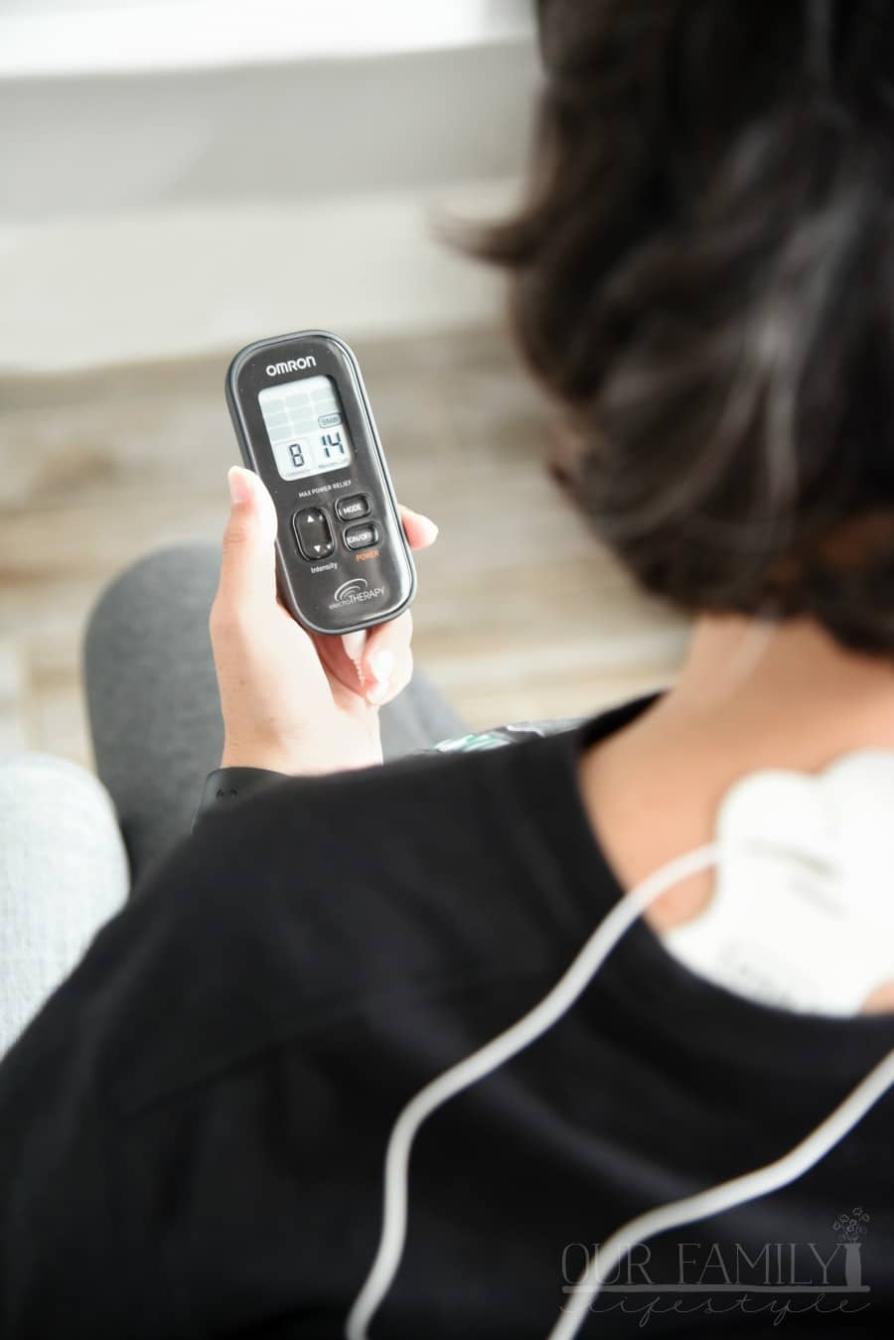What are the Costs of Medical Rehab Facility Pain Management Programs?
Chronic pain, a debilitating condition affecting millions worldwide, can significantly impair an individual's quality of life. Medical rehab facility pain management programs offer specialized treatment plans to alleviate pain, improve function, and enhance overall well-being. However, understanding the associated costs is crucial before embarking on this rehabilitative journey.

Direct Costs: A Breakdown Of Tangible Expenses
Facility Fees: The Foundation of Program Costs
Medical rehab facilities charge fees to cover the services and amenities provided during the treatment program. These fees can vary depending on the facility's location, reputation, and level of care offered.
- Daily or Weekly Rates: The most common pricing structure, these rates cover the basic services and accommodations provided by the facility.
- Additional Charges: Some facilities may impose additional charges for specific services or amenities, such as private rooms, special therapies, or personalized care plans.
Medical Expenses: Addressing the Underlying Pain
In addition to facility fees, medical expenses form a significant portion of the overall costs. These expenses encompass various treatments and therapies aimed at managing pain and improving function.
- Medications: Prescription medications play a crucial role in pain management. Costs can vary depending on the type of medication, dosage, and duration of treatment.
- Medical Procedures: In some cases, surgical interventions or minimally invasive procedures may be necessary to address the underlying cause of pain.
- Physical Therapy: Physical therapy sessions focus on restoring mobility, strength, and range of motion, often utilizing specialized equipment and techniques.
- Occupational Therapy: Occupational therapy aims to improve daily living skills and functional abilities, helping individuals regain independence in everyday tasks.
- Psychological Therapy: Psychological therapies, such as cognitive-behavioral therapy or mindfulness-based stress reduction, can help manage pain by addressing emotional and psychological factors.
Accommodation and Meals: Ensuring Comfort and Nourishment
Medical rehab facilities typically provide comfortable accommodations and nutritious meals to support the healing process.
- Room and Board: The cost of room and board covers the private or shared room, as well as basic amenities like linens, towels, and housekeeping services.
- Meals and Snacks: Nutritious meals and snacks are essential for maintaining strength and energy during treatment. Some facilities offer specialized diets to accommodate specific dietary needs.
- Laundry Services: Laundry services may be available at an additional cost, ensuring that patients have clean clothes throughout their stay.
Indirect Costs: The Ripple Effect Of Treatment

Beyond direct costs, medical rehab facility pain management programs can also incur indirect costs that extend beyond the immediate treatment period.
Lost Wages: The Financial Impact of Treatment
Individuals undergoing treatment may experience lost wages due to time away from work. This can be a significant financial burden, especially for those without paid sick leave or disability benefits.
- Individual's Lost Wages: The individual undergoing treatment may lose income due to missed workdays or reduced work hours.
- Family Members' Lost Wages: Family members who need to take time off work to provide care may also experience lost wages.
Transportation Costs: The Journey to Recovery

Transportation to and from the rehab facility can add up over time, especially for those living in remote areas or those requiring specialized transportation.
- Travel Expenses: Costs associated with travel to and from the rehab facility, including airfare, train tickets, or gas mileage.
- Parking Fees: Parking fees at the rehab facility or nearby parking lots can accumulate over the course of treatment.
- Public Transportation Costs: For those relying on public transportation, fares can add up, especially if the rehab facility is located far from their residence.
Childcare Costs: Balancing Treatment and Family Responsibilities
Families with young children may incur additional costs for childcare while a parent undergoes treatment.
- Babysitters: Hiring babysitters for short-term care can be a costly option, especially for extended treatment programs.
- Daycare: Enrolling children in daycare centers can provide more structured care, but the costs can be substantial, particularly for full-time care.
Additional Considerations: Navigating Financial Challenges
Understanding the various financial assistance options available can help alleviate some of the financial burden associated with medical rehab facility pain management programs.
Insurance Coverage: Exploring Reimbursement Options
Depending on the type of insurance coverage, some or all of the costs associated with medical rehab facility pain management programs may be covered.
- Private Health Insurance: Some private health insurance plans may cover a portion of the costs, subject to policy limits and exclusions.
- Medicare and Medicaid: Government-sponsored programs like Medicare and Medicaid may provide coverage for eligible individuals, but benefits and coverage may vary.
- Workers' Compensation: For individuals injured on the job, workers' compensation may cover the costs of treatment related to the injury.
Financial Assistance Programs: Seeking Support Beyond Insurance
Various financial assistance programs can provide relief for individuals struggling to afford the costs of medical rehab facility pain management programs.
- Government Programs: Government programs, such as the Social Security Disability Insurance (SSDI) program, may provide financial assistance to eligible individuals.
- Non-Profit Organizations: Non-profit organizations dedicated to supporting individuals with chronic pain may offer financial assistance or scholarships.
- Payment Plans: Some medical rehab facilities may offer payment plans or discounts for those experiencing financial hardship.
Conclusion: Weighing The Costs And Benefits
When considering medical rehab facility pain management programs, it is essential to evaluate both direct and indirect costs to make informed financial decisions.
While the upfront costs may seem daunting, the long-term benefits of pain management programs can far outweigh the financial burden. Reduced pain, improved function, and enhanced quality of life can lead to increased productivity, decreased healthcare utilization, and overall well-being.
Exploring insurance coverage options, seeking financial assistance, and considering payment plans can help make these programs more affordable and accessible to those in need.
Ultimately, the decision to pursue medical rehab facility pain management should be based on a comprehensive assessment of the potential benefits, costs, and available financial resources.
YesNo

Leave a Reply